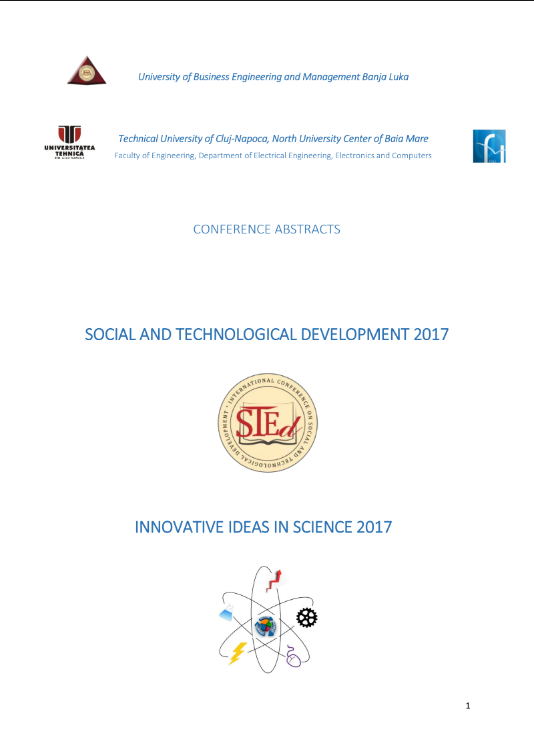
This is an open access article distributed under the Creative Commons Attribution License which permits unrestricted use, distribution, and reproduction in any medium, provided the original work is properly cited.
In this paper some results concerning fluid flow pattern and the evolution of flame propagation through unburnt mixture of two different hydrocarbon fuels in engine with strong macro flows were elucidated. Results presented in this paper were obtained by dint of multidimensional numerical modeling of reactive flows in very complex geometry of particular combustion chamber with four tilted valves. Flame propagation was represented by the evolution of spatial distribution of temperature in various cut-planes within combustion chamber while the flame front location was determined by dint of zones with maximum temperature gradient. The results presented are only a small part of broader on-going scrutinizing activity in the field of multidimensional modeling of reactive flows in combustion chambers with complicated geometries encompassing various models of turbulence, different fuels and combustion models. Fluid flow pattern and flame propagation for both fuels were obtained by dint of eddy-viscosity model i.e. with standard k-ε model of turbulence. The interplay between fluid flow pattern and flame propagation is entirely invariant as regards fuel variation indicating that flame propagation through unburnt mixture of CH4 and C8H18 hydrocarbon fuels is not chemically controlled but controlled by dint of turbulent diffusion.
The statements, opinions and data contained in the journal are solely those of the individual authors and contributors and not of the publisher and the editor(s). We stay neutral with regard to jurisdictional claims in published maps and institutional affiliations.